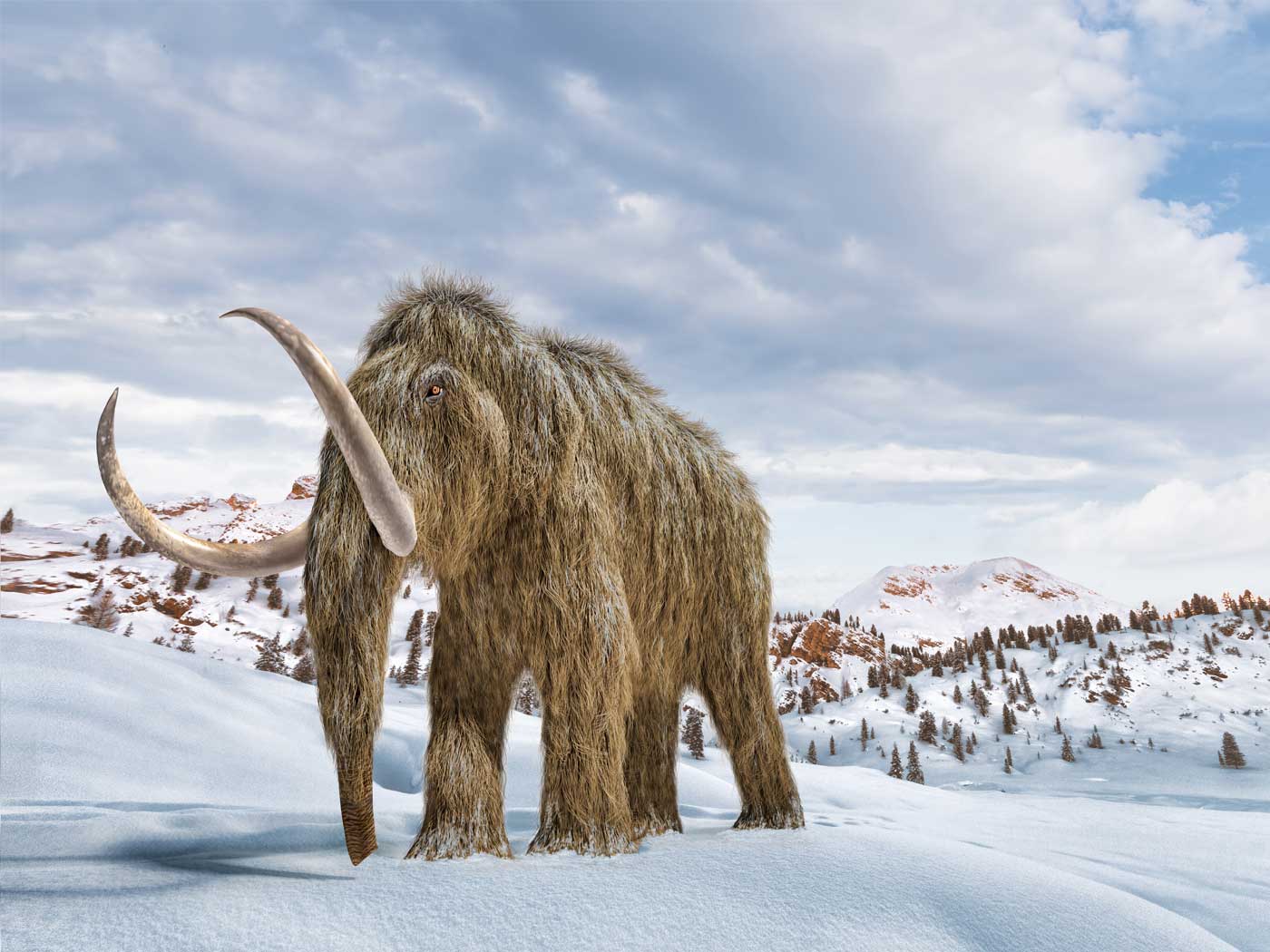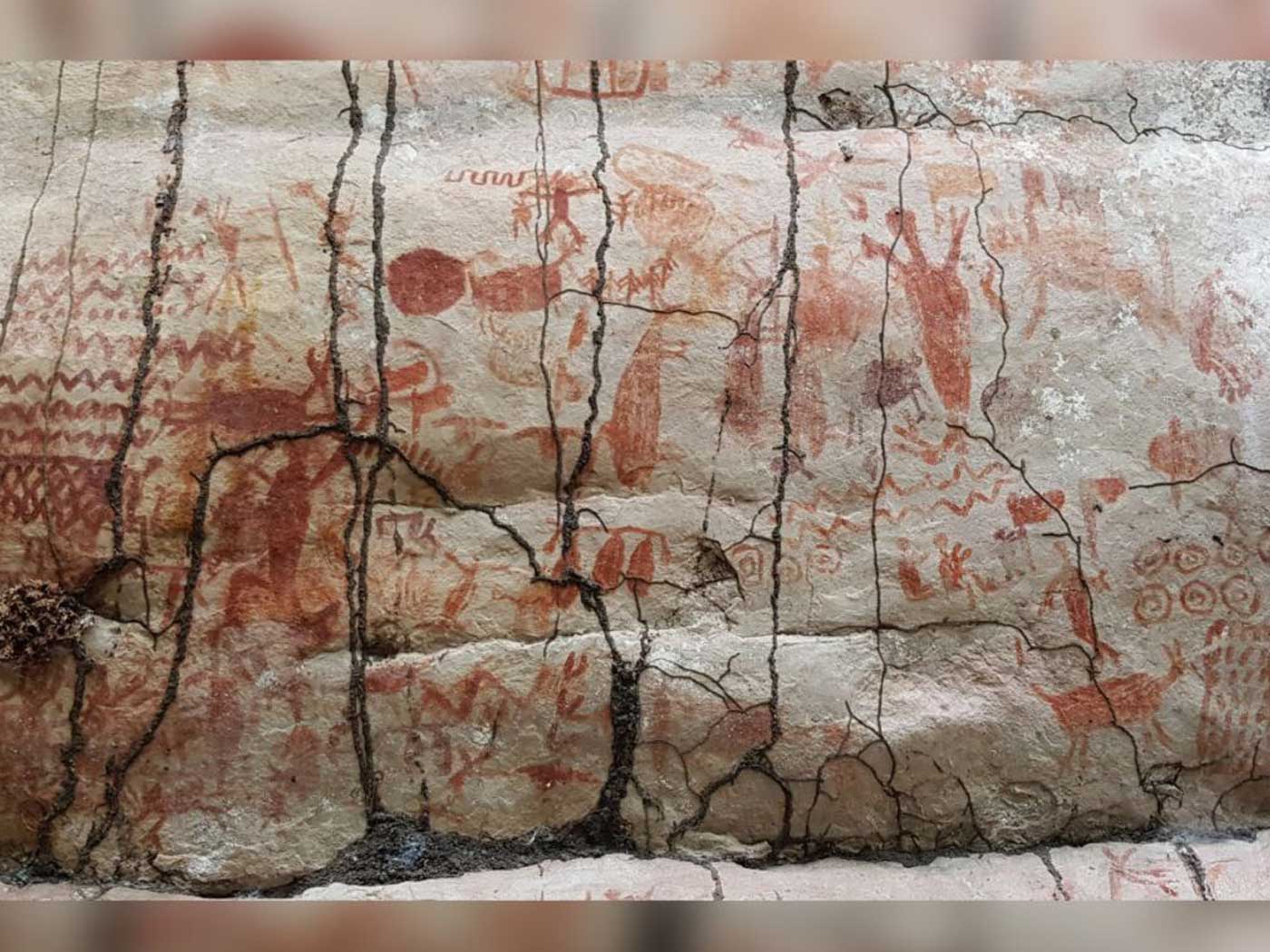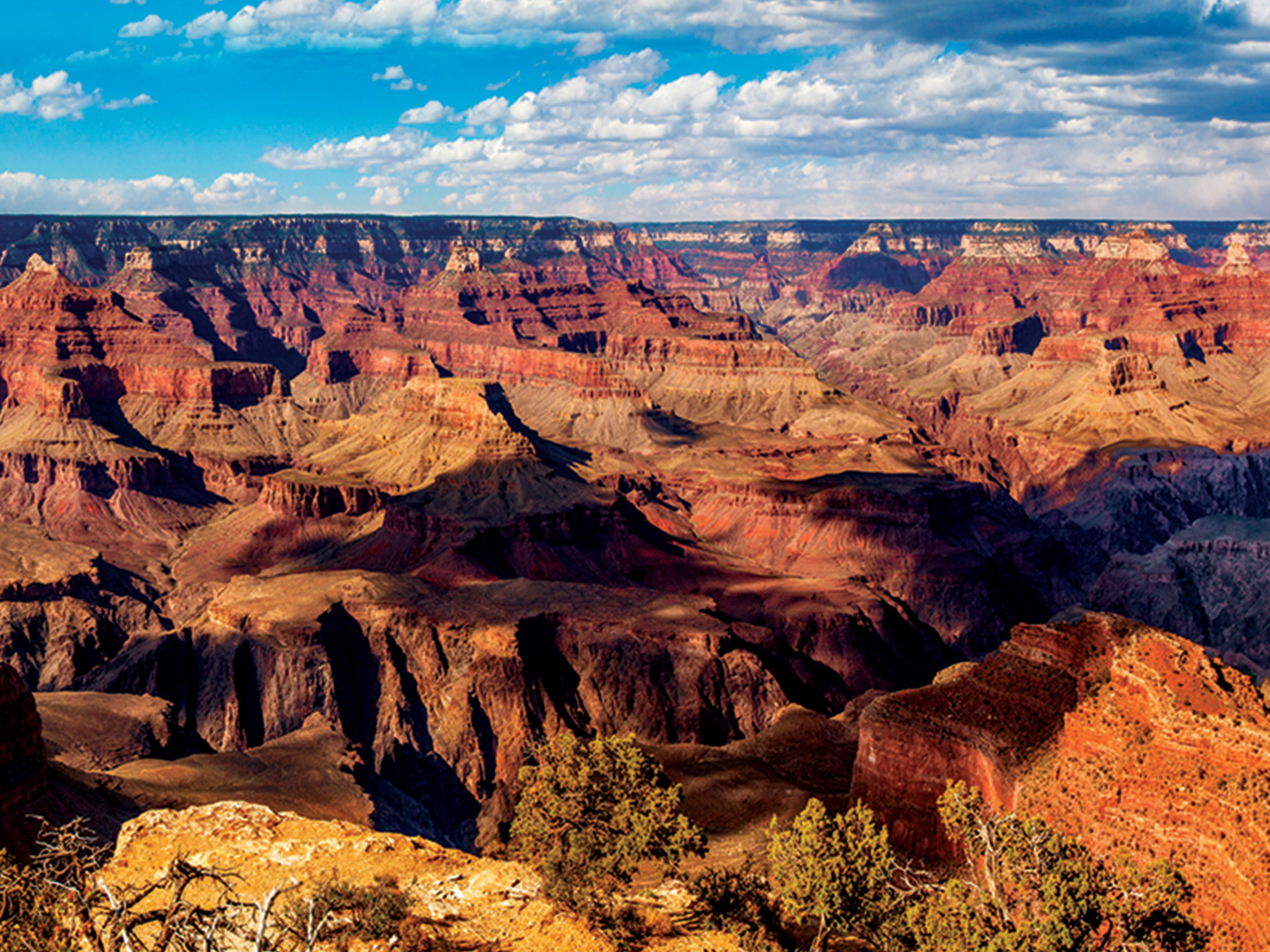The Ice Age has always been a problem for science. While abundant evidence has been found for continental glaciation, the cause has remained enigmatic. Scores of scenarios have been proposed: global cooling, decrease in the sun's intensity, rampant volcanic activity, etc., but none are truly able to bring about such profound changes—none except the creation proposal, that is.
First, let's talk about the nature of the Ice Age and clear up various misconceptions. To start with, the Ice Age was a time when great sheets of ice built up on land. As snow accumulated in extreme northern (and southern) latitudes, its own weight packed it into ice. And then, because ice is less than rigid, it can flow out from heavy snow accumulation areas into lower latitudes.
The glaciers never covered more than a minor portion of the globe. In North America, ice covered much of central Canada and as far south as Kansas. Weather in the rest of the world was affected, but the areas were not under ice. Some propose that there were several ice ages—from four to sixty such ages—each lasting for long periods and separated by vast ages, but the evidence for multiple glaciers is poor.
The obvious requirements for ice build-up are more snowfall and less snow melt. But how does this happen? No scheme, shackled by the constraints of uniformitarianism can alter earth's conditions to that extent. And besides, if things get too cold, the air can't contain much moisture. And it doesn't snow much. And so the puzzle remains.
A key to more snowfall is more evaporation, and the best way to achieve that is to have warmer oceans. We would also need somewhat warmer winters in polar latitudes to allow for more snowfall and intense weather patterns to transport the evaporated moisture from the ocean to the continents. And then we need colder summers to allow the snow to accumulate over the years. Everyone agrees that these conditions would cause an ice age, but uniformitarian ideas can't allow the earth's systems to change that much. Many creationists think the Flood of Noah's day provides the key.
As the Flood ended, the oceans probably were warmer than today. The pre-Flood world had been uniformly warmer, and during the Flood, the "fountains of the great deep" (Genesis 7:11) would have added much heat, as would the tectonic readjustments late in the Flood and following it. This warmth would be a continual pump of warm moisture into the atmosphere—thus warm, wet winters.
Furthermore, the land surface at the end of the Flood was little more than a mud slick, and would have reflected solar radiation without absorbing much heat. The large temperature difference between ocean and land and coupled with strong polar cooling, would cause intense and prolonged storms.
Finally, the late and early post-Flood times witnessed extensive volcanism, as the earth struggled to regain crustal equilibrium. This would cloud the atmosphere, bouncing incoming solar radiation back into space—thus, colder summers.
More evaporation, warmer winters, more intense storms, and colder summers: The result? An "ice age" which would last until the oceans gave up their excess heat, the volcanism lessened, and vegetation was re-established. This likely would take less than one thousand years following the Biblical Flood.
* Dr. John Morris is the President of the Institute for Creation Research.
Cite this article: Morris, J. 1993. Was There Really an Ice Age? Acts & Facts. 22 (8).























